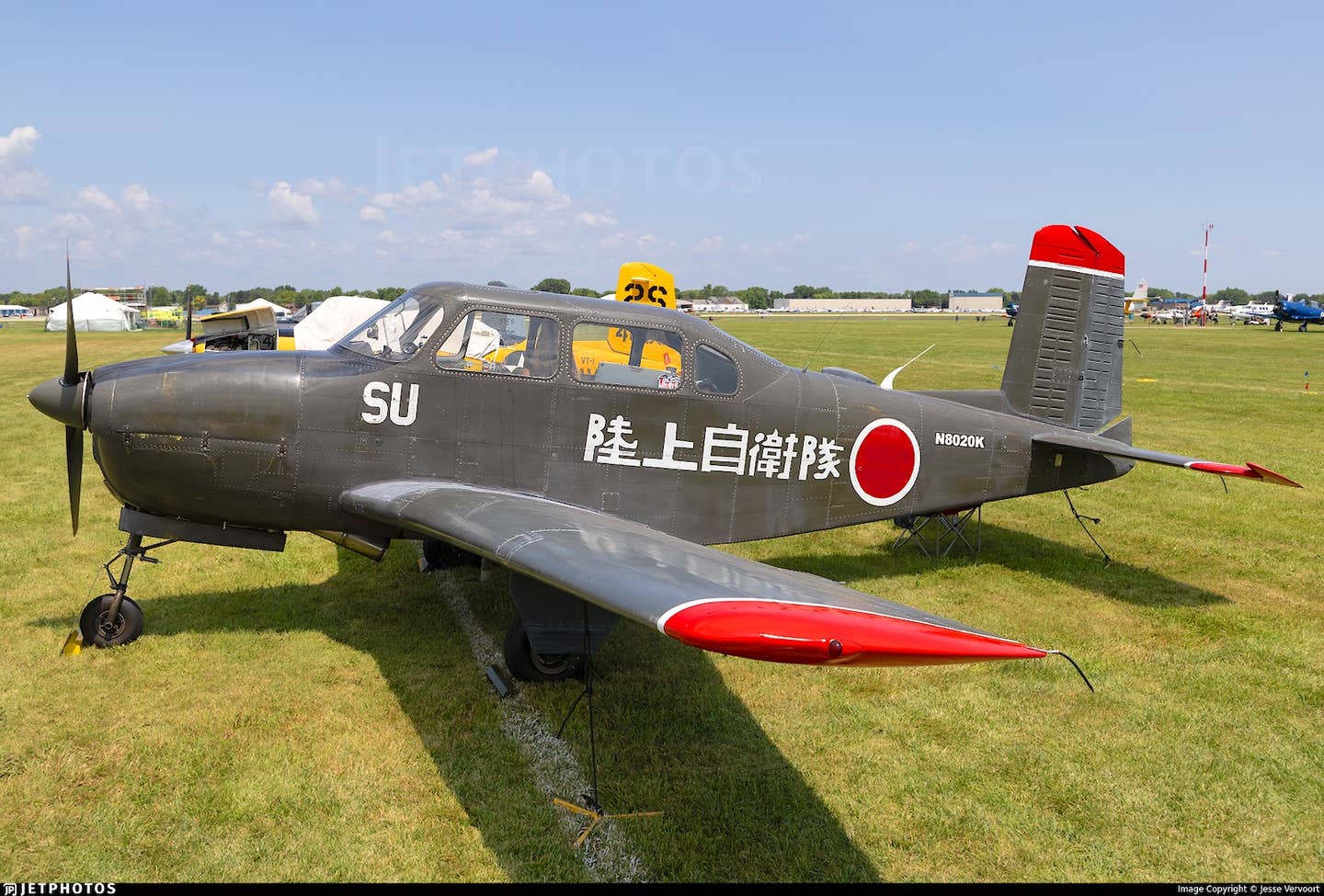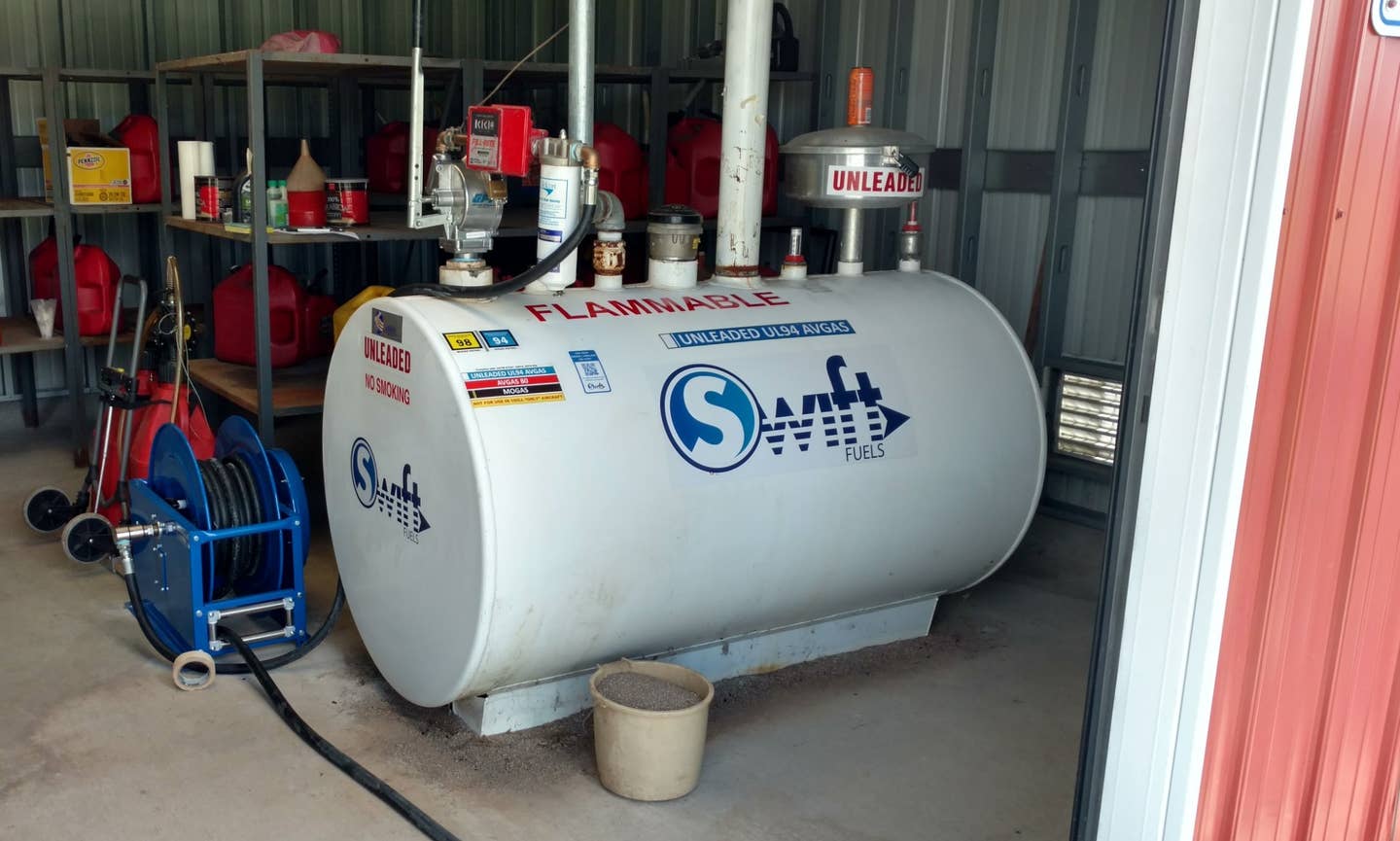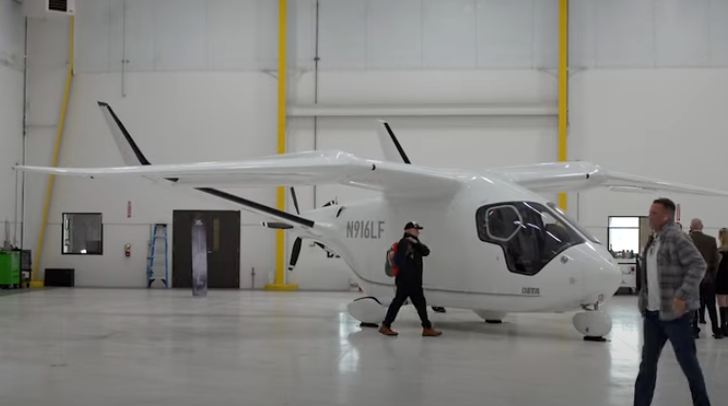Why Is Aviation Insurance So Expensive (And What Can We Do About It)?
Aviators are upset and angry at the skyrocketing cost of aviation insurance, and some accuse the insurance companies of profiteering and greed. Not so, says Thomas P. Turner; they’ve actually been losing their shirts on GA for the past few years, paying out a good deal more in claims than they’ve been getting in premiums. Tom should know – he’s not only a pilot, CFI and aircraft owner, but also a former insurance underwriter for AOPA. He explains why premiums are going through the roof, and suggests several strategies for keeping your insurance costs under control.

 The key to understanding aviation insurancecosts is the term "loss ratio (LR)." The LR is the ratio of money paid out inclaims, compared to the money taken in through insurance premiums. The loss ratio ingeneral aviation insurance has exceeded 1.1 to as much as 1.25 or more for the lastseveral years.
The key to understanding aviation insurancecosts is the term "loss ratio (LR)." The LR is the ratio of money paid out inclaims, compared to the money taken in through insurance premiums. The loss ratio ingeneral aviation insurance has exceeded 1.1 to as much as 1.25 or more for the lastseveral years.
This means that most aviation insurance companies have paid out a dollar and a quarterfor every dollar they've taken in, for each of the last several years. No wonder so manyare closing down, merging, or getting out of the historically riskier aviation activities.
"But wait," you exclaim, "I haven't had an accident or claim! MY ratesshould go DOWN!" Unfortunately, buying an insurance policy doesn’t just involveyou. It’s a pooling of resources among a large number of airplane owners. Justbecause YOU didn't have a claim doesn't mean that your premiums haven't been used to paysomeone ELSE'S claim. In fact, by buying an insurance policy, you're in effect betting agood amount of your money that you MIGHT have a claim — and the insurance company isaccepting that bet, because it looks at your application and thinks that you will NOT.Unfortunately, both sides are losing that bet more frequently than either can stand.
So why are the loss ratios so high?
Here are some key reasons that the underwriters have been losing money on their GApolicies lately:
- The cost of repairs is soaring. The cost of fixing even minor damage is going way up. Cost of parts is only one factor — labor costs are up phenomenally. (Could an FBO keep a good mechanic at a minimum wage?) Costs of complying with myriad federal and state regulations are climbing. Taxes are going up. There are fewer airplanes in the fleet (which, according to some industry estimates, drops by about 2 percent each year in the U.S.), so manufacturers don’t produce as many parts, and the cost per part goes up. Old-design parts may not be available at all, or only at great expense. These and other factors add more and more to the cost of parts and installation at every step of the maintenance chain.
- The number of insured accidents is up. It used to be that a lot of pilots did not insure their airplanes, especially the "entry level" types like Champs, Cubs and Cessnas. Now, it's very unusual for any airplane to fly without hull insurance. Although the number of accidents is down (and the statistics are VERY misleading, because most airplane insurance claims do not result from an NTSB "reportable" accident), the total number of claims has gone up.
- The value of airplanes is soaring. More valuable airplanes mean more expensive repair bills.
- It's more common to "total" an airplane. Damage that twenty years ago would be fixed cheaply with plentiful parts now would cost a significant percentage of the insured value of the airplane to repair. A rule of thumb is that if the cost of repairs plus the salvage value of the "unrepaired" airplane exceeds the insured value, then the insurance company "totals" the airplane and writes a check for the full insured amount. Because of the cost of repairs, the number of "totals" is up — meaning insurance companies are on average writing far bigger claims checks than before.
What other factors affect insurance rates?
Just to add insult to injury, there are a bunch of other factors that are creatingnightmares for aviation insurers:
- The stock market is less predictable. For a decade our insurance rates were artificially low because insurance companies could take the premiums and invest them in the stock market. Even with loss ratios exceeding 1.0, companies could guarantee a profit because they could invest and get 30% or better growth. The stock market is less predictable now, always threatening a "correction," and some companies have lost significant amounts on bad investments. Insurance company boards will no longer accept the possibility of market gains as an explanation for keeping insurance premiums low.
- The ever-present threat of lawsuits scares underwriters. It's rare when an aviation case goes to court — because insurance companies know they'll lose when a jury hears the case. It's simply too easy to prove pilot negligence, because most aviation accidents do in fact result from pilot error. So settlements in the hundreds of thousands or even millions of dollars are more common, usually without even mounting a defense in the case of serious injury or death.
- The so-called General Aviation Revitalization Act (GARA) deflects lawsuits from manufacturers to aviation service providers. Someone who's lost a parent or spouse or vital business partner is not any less likely to sue just because Raytheon or Cessna or Mooney is off the hook. They'll simply redirect lawsuits at airplane owners, maintenance facilities, instructors, and anyone else who can be linked to the disaster. FBOs' insurance rates are skyrocketing because of this, which contributes to the cycle by causing an increase in repair costs. Airplane owners are starting to feel the uncertainty as well; most insurance companies will no longer write high-liability limits policies, and it’s costing far more to get even the lower liability limits.
- The market itself is shrinking dramatically. We’ve had a generation of pilots introduced to aviation and trained at government expense — all those World War Two and Korean War aircrews and air passengers, and all those who learned to fly on the G.I. Bill. Because of modern military technology, we’ll never again have so many pilots trained by the government. The late 1970s were the "boom" years of general aviation not as a result of a continuously swelling interest in personal flying, but because that’s the time when all those people trained in the military or eligible for federal pilot training money had the mortgage paid off, the kids out of college, and maybe the business built to a point where they had time and money to buy a plane and fly. Now, the far fewer people who buy airplanes are usually much wealthier than the norm; although student starts are up a little in recent years, a much larger percentage of people earning their pilot certificates are doing so to become airline pilots and not to add to the general aviation marketplace.
- Recent years have brought bad luck. Hurricanes and other large-scale natural disasters have taken out whole airports full of airplanes, several times over the last couple of years. This has put a huge dent in insurance company profitability; since the total number of airplanes in the fleet is shrinking, insurance companies can't fully recoup that loss by insuring replacement airplanes.
Banding together to self-insure won't bring prices down, because many participantswould quickly go bankrupt. Electing to go completely uninsured has been tried (PiperAircraft in the early 1990s was a notable example) but hasn't helped companies avoidbankruptcy under threat of liability judgments. "Raising awareness" by theaviation media, AOPA, EAA and other advocacy groups won't raise the millions and millionsof dollars needed to keep loss ratios down.
So what can we do to keep our insurance costs low?
To keep insurance costs under control in this difficult environment, aircraft andaviation business owners are going to have to make some changes in how they purchase andthink about insurance:
- Self-insure wherever possible. Choose the highest liability limits you can qualify for and afford, to guard against the catastrophic loss, and only then as much "hull" protection as you can afford after that. Think about carrying "ground only" hull coverage, which will pay for theft, storm-related damage and most other non-pilot-induced claims at a reduced premium. Consider fully self-insuring the airplane — carry liability coverage only, and accept the risk of having to pay for repairs to your airplane if it’s damaged. Keep deductibles as high as you can stand. Ask your insurance agent or broker what you can do to reduce costs without sacrificing too much financial security. Invest at least part of what you would have paid the insurance company, to keep as a reserve for your own claims.
- Match your equipment to your needs. If you fly more airplane than you need, your insurance costs (and other expenses) will undoubtedly go up.
- FBOs, require your students and renters to carry non-owned liability insurance. Talk to AOPA or an attorney about crafting a rental agreement which provides you as much protection as possible.
- Don’t skimp on maintenance to keep costs down. Little problems, left unchecked, become big ones. They’ll catch up with you eventually.
- Maximize your flying dollar. Combine trips whenever possible. Take along an instructor and log a few approaches, stalls or hood time on the way to that pancake fly-in or a business meeting. Rent an airplane with a buddy and trade off legs of a flight while splitting the bill. You may log a little less total time this way, but what you do log will be more affordable, and make you safer.
- Promote personal aviation, enthusiastically and often. The more attractive flying becomes, the more people may choose to commit the time and money to fly, and the less retaliatory the public might be when given the chance to sue or pass judgment.
- Focus on safety. The best way to avoid a claim is to avoid an accident. Train and retrain, regularly, to stay as sharp as possible. Read accident reports and remember the steps that led to mishaps when making your own preflight and in-flight decisions. Teach if you have the calling, for there’s no better instruction than teaching others. Always fly with the goal of improving your skills.
- Try to keep emotion out of the situation. Most of us fly because it’s a passion. It’s easy, then, to get passionate and defensive as the costs of flying (like everything else) go up. Understand the position of the FBO when it has to charge more to provide services. Trust me, very few of them are getting rich on airplane rentals!
It’s unfortunate that our avocation costs so much to pursue, and that economicsmay force a lot of pilots (like me) to defer flying until they’re more financiallysecure. We can’t wait for the largess of insurance carriers, though, because they'rein business to make a profit (although they haven't been doing a very good job of itlately). Insurers are NOT entitlement firms with an obligation to finance ourflying at their expense.
In the short term, the only way we can reduce our insurance costs is to accept lesscoverage (and maybe less airplane to cover). In the longer term, we need to reduceinsurance and repair costs by reducing the need for claims and repairs. We can do that bybecoming safer pilots flying safer airplanes, and thereby avoiding accidents.






